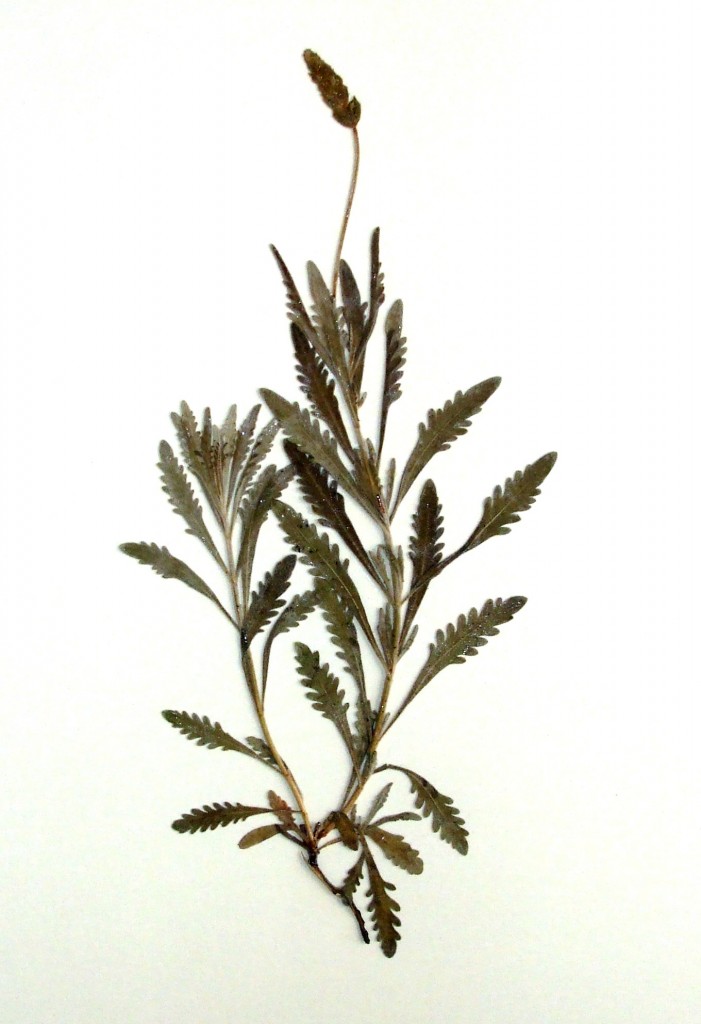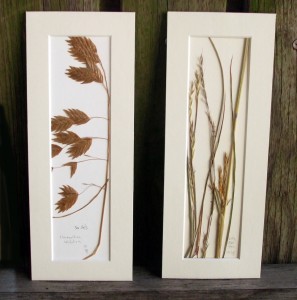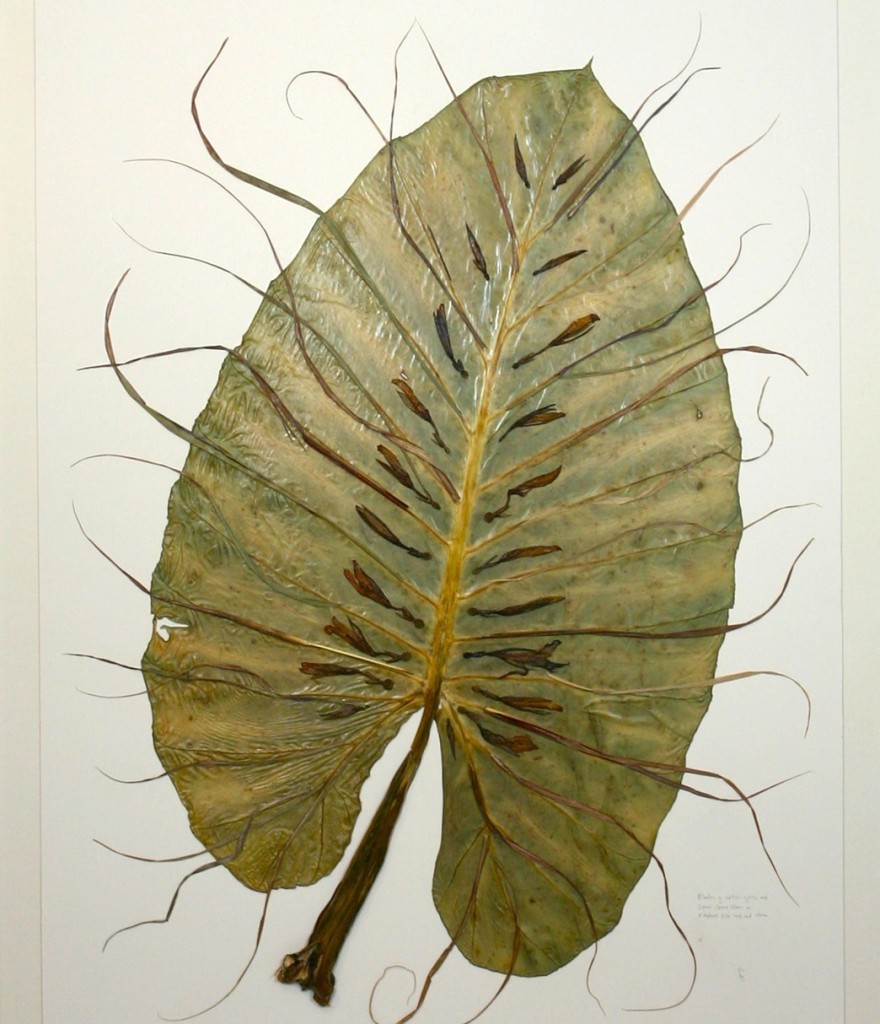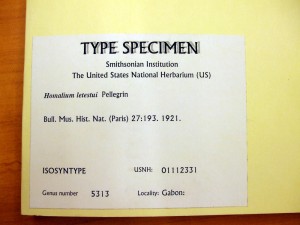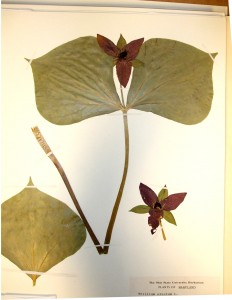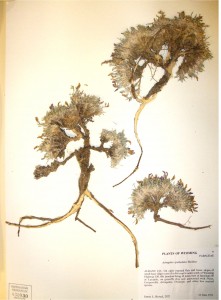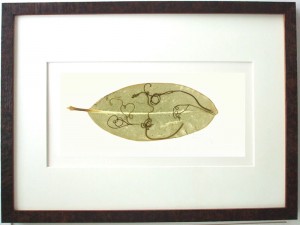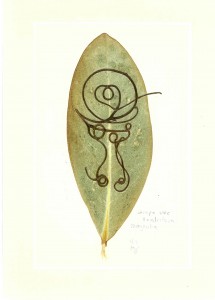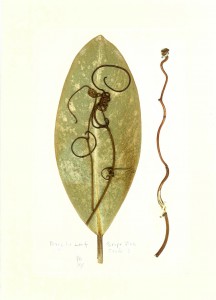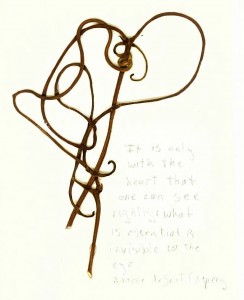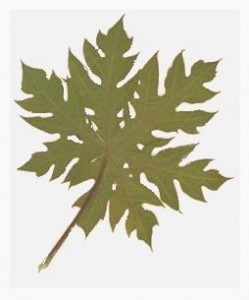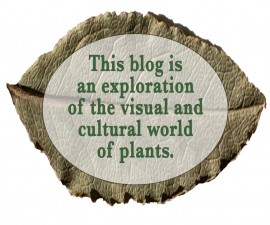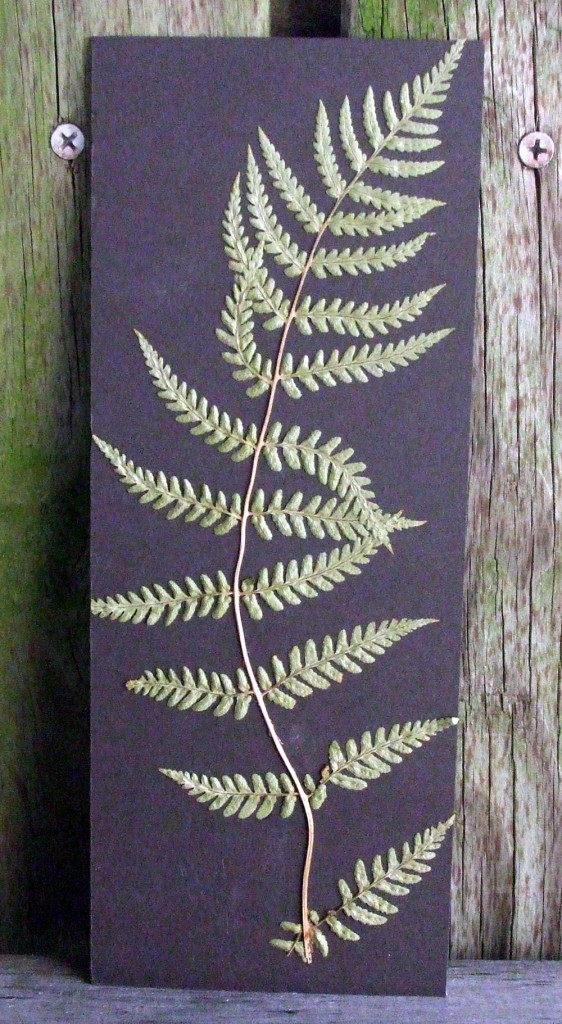The Freer Gallery of Art on the national mall in D.C. houses one of the most outstanding collections of Asian art in the U.S. It was a highlight of my trip to that area this fall.
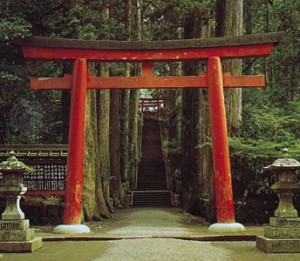
Seeing art from the Shinto era was really special. The prevailing religious practice, or more like world view, prior to the arrival of Buddhism in the 6th century, was Shinto. It lacked intellectually complex doctrines, formality, and organization. But, there were many groups of people devoted to the spirits (Kami) of nature that were found everywhere, in plants, animals, mountains, seas, and all natural phenomena. The realms of earth and the supernatural world were so closely integrated that they were seen as part of the same.
Shinto sees divinity in everything, and practicing it is designed to bring us into communion with the Divine.
The image posted above is a Shinto shrine gate, or Torii, marking the shrine entrance. These gates mark the division between the spiritual world and the physical world. The shrines / gates were always located outside.
Continue reading →
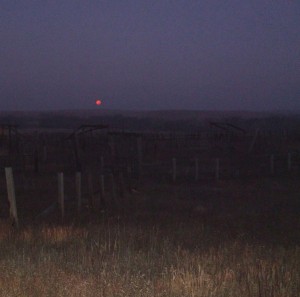 Hills on a “warm” winter day was brutal. I took a trip to there to collect some winter-dried grasses before the killer part of our 2011 winter set in.
Hills on a “warm” winter day was brutal. I took a trip to there to collect some winter-dried grasses before the killer part of our 2011 winter set in.
